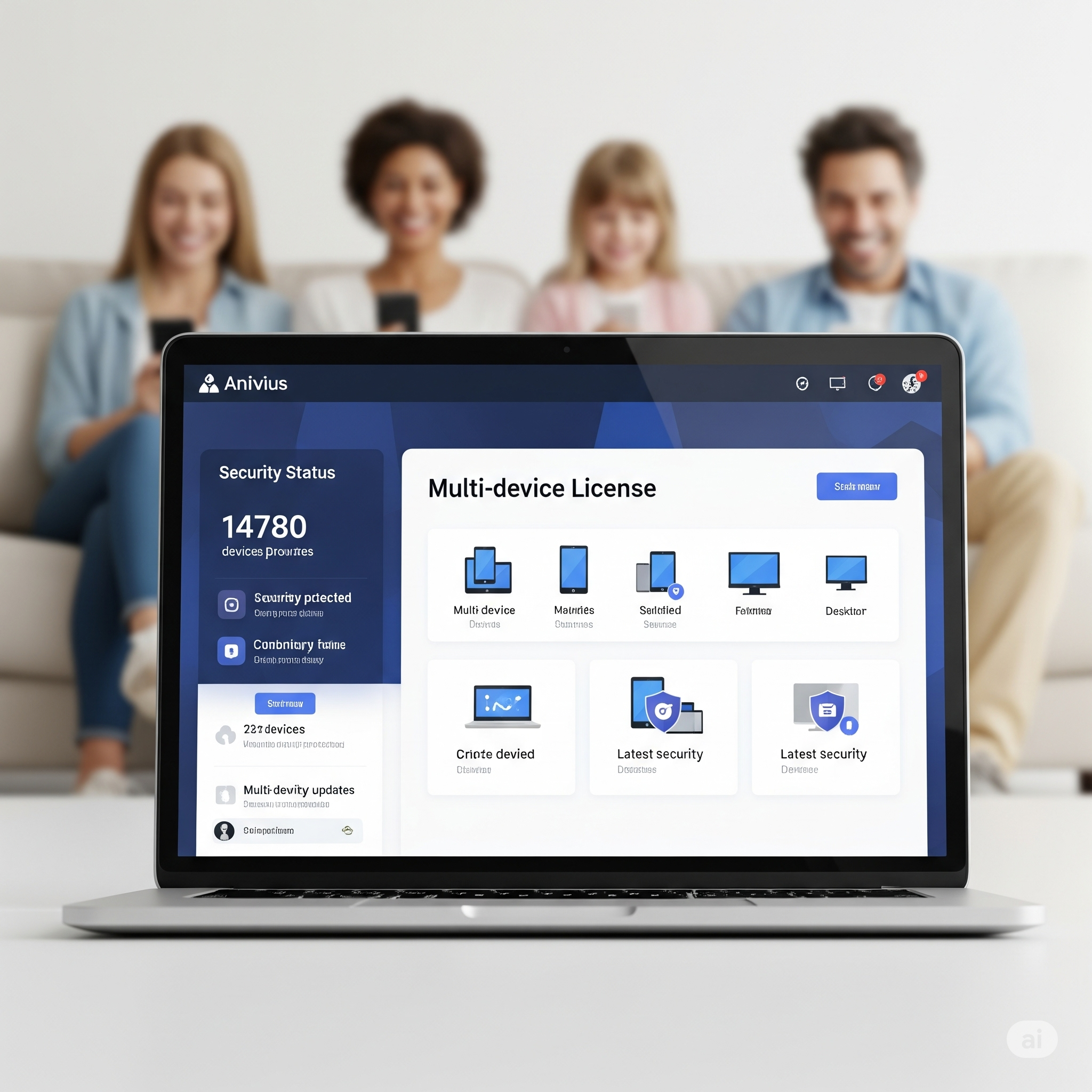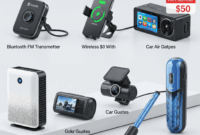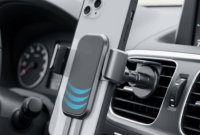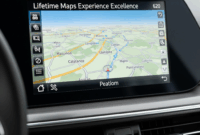Multi-device licensing in antivirus software is designed to provide comprehensive protection across several devices under a single subscription. This concept allows users to secure multiple devices—including PCs, laptops, smartphones, and tablets—without needing to purchase separate licenses for each one. With the rise of mobile computing and the increasing number of devices in households, having a multi-device license has become essential for maintaining security.
The benefits of using antivirus software that supports multiple devices are abundant. First, it simplifies management, allowing users to oversee all devices from one dashboard. Second, it enhances security by ensuring that all devices are consistently updated and protected against the latest threats. Popular antivirus software like Norton, McAfee, and Bitdefender offer multi-device licenses, making it easier for families and businesses to stay secure without the hassle of individual licenses for each device.
Cost-Effectiveness of Multi-Device Antivirus Deals
Multi-device licenses present significant financial advantages over individual licenses. Purchasing a single multi-device license is often cheaper than buying separate licenses for each device. This approach not only saves money but also streamlines the billing process, reducing the complexity of managing multiple subscriptions.
For those considering bundled services, the cost savings can be even more substantial. Many antivirus providers offer promotional deals that include additional features or services at a discounted rate when purchased as a bundle. Below is a comparison table showcasing the pricing for multi-device licenses from various antivirus providers:
| Antivirus Provider | Number of Devices | Annual Price |
|---|---|---|
| Norton | 5 | $89.99 |
| McAfee | 10 | $99.99 |
| Bitdefender | 15 | $79.99 |
| Kaspersky | 5 | $59.99 |
Features to Look for in Multi-Device Antivirus Software
When selecting multi-device antivirus software, it’s crucial to identify essential features that enhance security across all devices. Key features to consider include real-time threat detection, automatic updates, and a user-friendly interface. Cross-platform support is also vital as it ensures compatibility across different operating systems, including Windows, macOS, Android, and iOS.
Must-have features for effective multi-device antivirus solutions include:
- Real-time scanning and protection
- Multi-layered ransomware protection
- VPN for secure browsing
- Parental controls for device management
- Cloud backup and recovery options
User Experience and Management of Multi-Device Antivirus Solutions
User experience is paramount when managing multi-device antivirus software. A streamlined user interface allows for easy navigation and management of security settings across devices. Installation and setup should be straightforward, typically involving downloading the software, entering a license key, and following on-screen prompts.
To effectively manage and monitor security settings across devices, consider the following steps:
- Log in to the antivirus dashboard using your account credentials.
- Select the device you wish to manage from the list.
- Schedule regular scans and updates.
- Check for security alerts or notifications.
- Adjust privacy settings as needed for each device.
Common Misconceptions about Multi-Device Antivirus Licenses
There are several myths surrounding multi-device antivirus licenses that can lead to confusion. One common misconception is that multi-device licenses are not as effective as individual licenses. In reality, multi-device plans provide robust security that is equivalent to that of single-device licenses.
Another myth pertains to the device limits of multi-device plans. While these licenses do have defined limits, they often allow flexibility to add or remove devices as needed. Understanding the differences between these licenses ensures users make informed decisions about their cybersecurity.
Security Challenges with Multi-Device Antivirus Solutions
While multi-device antivirus solutions provide comprehensive protection, they do come with potential vulnerabilities. Multiple devices can create weak links in security, especially if one device is not regularly updated. Regular updates and patch management are crucial to minimizing risks.
Best practices for maintaining security across multiple devices include:
- Consistently update antivirus software on all devices.
- Use strong, unique passwords for each account.
- Enable two-factor authentication where possible.
- Regularly back up important data to secure locations.
- Educate users about phishing attacks and malicious software.
Future Trends in Multi-Device Antivirus Software, Antivirus Software Deals With Multi-Device License
Emerging technologies in antivirus software are shaping the future of multi-device protection. Innovations such as artificial intelligence and machine learning are being integrated to improve threat detection and response times. The impact of cloud computing is also significant, as it enables seamless updates and synchronization across devices.
Looking ahead, developments in multi-device security software are expected to focus on enhanced user privacy, automated threat remediation, and improved integration with smart home devices. As cyber threats evolve, so too will the solutions designed to combat them, ensuring that users remain protected in an increasingly interconnected world.



